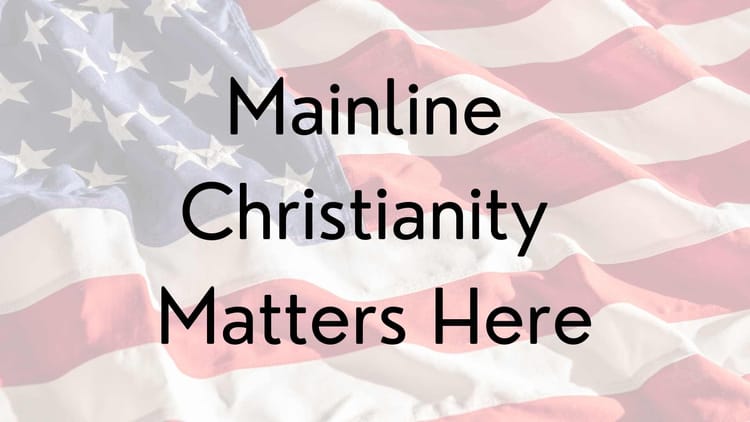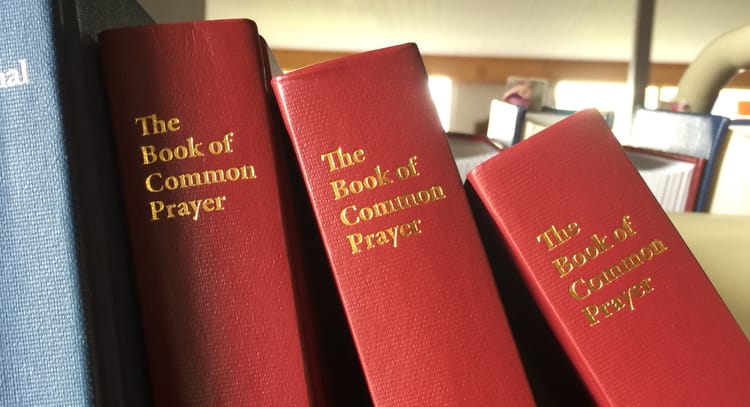The Gift of Data (Part 6) – The Number You Need to Know
 The last post in this series described how to approach deeply depressing data. It’s a good thing I already wrote it, because in the process of researching this post, I found myself looking at the most depressing data I’ve seen yet.
The last post in this series described how to approach deeply depressing data. It’s a good thing I already wrote it, because in the process of researching this post, I found myself looking at the most depressing data I’ve seen yet.
But don’t worry. It isn’t in this post. I’ll save it for later. Don’t you feel better looking forward to that? Yeah, me too.
Also in my last post, I promised to address this question: “What practical steps can we take to track data, and when should we just not bother?”
The first point to remember is to see your data in context. Too often we are parochially minded (pun intended). We think in terms of the congregation with which we are affiliated. We ask questions like, “did the church grow or shrink last year?” But we have no hope of engaging God’s mission in the world unless we look at our congregation in the context of all Creation. That includes all the people in a particular location.
Today I want to make sure you know about the wonderful Association of Religion Data Archives. They give us a place on the internet that tracks adherents of many denominational affiliations by decade, by county.
When I found this site, I took the data I developed for an earlier post in this series and updated it using the ARDA site. In the table below, the data is sorted so you can see where Episcopalians are thickest on the ground. In the Diocese of Western Michigan, that would be Emmet County. (Shout out to Emmanuel Episcopal Church, whose ministry includes almost 1 per 100 people in the county!)

So, here’s the thing: “adherents per 1000” is a number to which Episcopalians pay no attention.
Ask any clergyperson about their Average Sunday Attendance (ASA). Most will have an answer, and it will be relatively accurate. Why? Because it’s the normative way we track “how we’re doing.”
Guess what?
Number of adherents per thousand is as important as average Sunday attendance.
If population in your area is rising or falling, average Sunday attendance will not give you any perspective on that reality.
If your newcomers are coming from the two other Episcopal churches in your area, average Sunday attendance will not show you that your “new” people aren’t new at all.
And, speaking of that situation where there are three Episcopal congregations in the same area? Someone is probably keeping track of which one has the largest Sunday attendance. Is anybody asking, “How can the three churches work together to increase adherents per thousand?”
Okay. I know this is inside baseball. I know that the very concept of attempting to increase adherents per thousand is anathema to some. But I also am convinced that somewhere in the 996 people per thousand in Kent County who don’t worship among the Episcopalians, there is at least one person who craves this way of faith. I am convinced because ten years ago, I was that one person.
Besides arguing that you need to know your “adherents per thousand” number, here’s what you can take away from this post:
There is no correlation between size of congregation and adherents per thousand. There are three congregations in the table above with a baptized membership of 115 souls. But in terms of their density, they are 1.8, 4.7, and 6.6 out of a thousand people in their county. Current methods of tracking congregations tend to group them by size alone. But the Episcopalians in Benzie county are three times as thick on the ground as the Episcopalians in Montcalm county. Don’t you think that might make a difference in their self-perception?
There is no correlation between multiple congregations in a county and adherents per thousand. Kent, which has the largest number of congregations, is almost exactly at the midpoint in terms of population density: less than four in a thousand.
In fact, there is only one clear correlation: zero congregations in a county causes a density of zero Episcopalians in the terms of this study. I think the ARDA is on to something by only counting Episcopalians in the context of congregations. Our identity is as a people who share common prayer. We do that primarily in Sunday worship. Thus, where we worship counts.
And finally: fifteen counties only have one Episcopal church. If the single Episcopal church in a county closes, then according to the ARDA, there will be zero Episcopalians in that county.
But, think on this: the ARDA also reports how many people in each county are unaffiliated. In my county, that is almost half of the general population. A few years ago, at a difficult time in my life, I was one of those unaffiliated people. I am grateful the Episcopal Church welcomed me.Some of these people – not all, but some – would be blessed by discovering the Episcopal Church. And we would be blessed to welcome them.





Member discussion